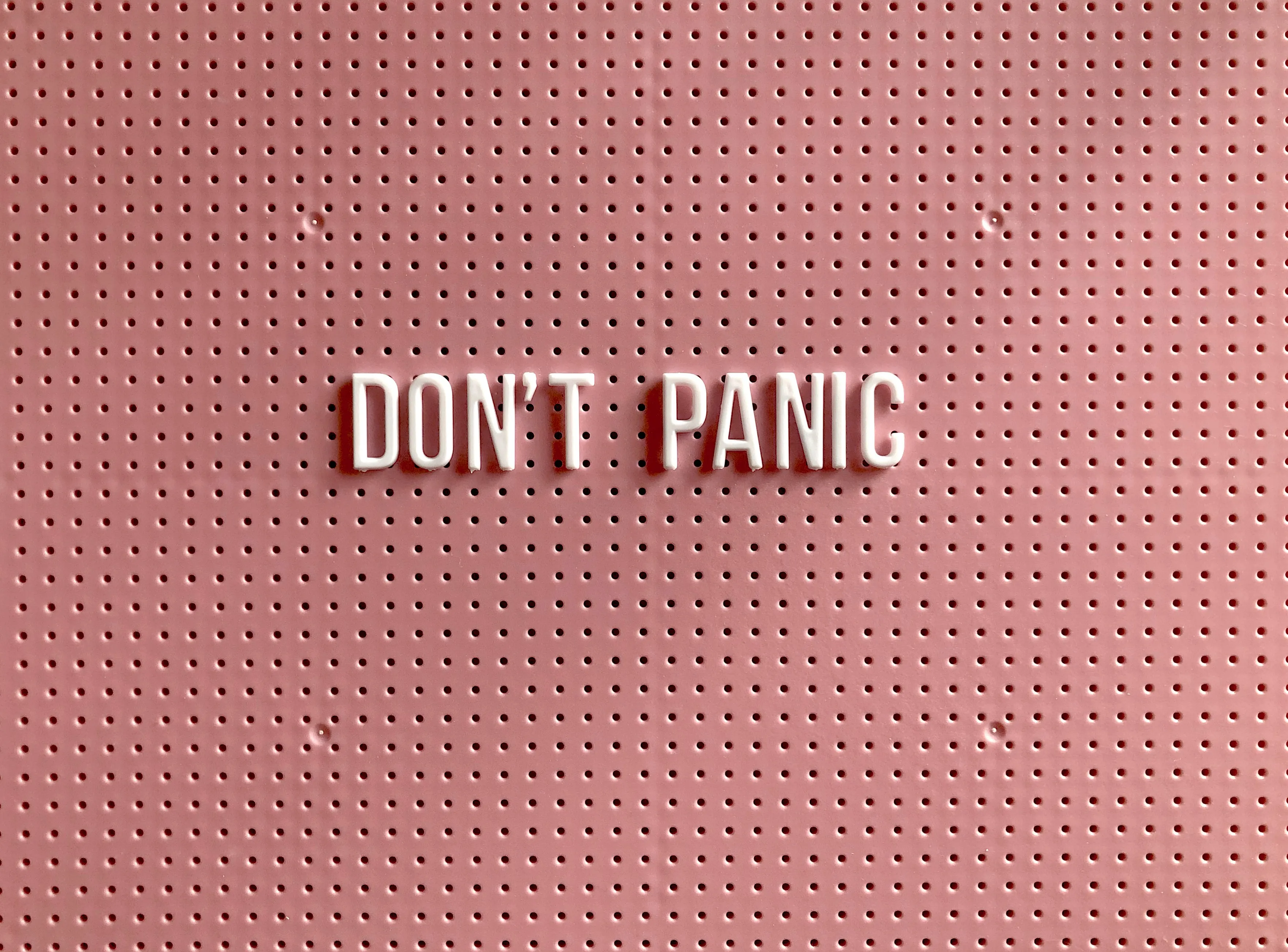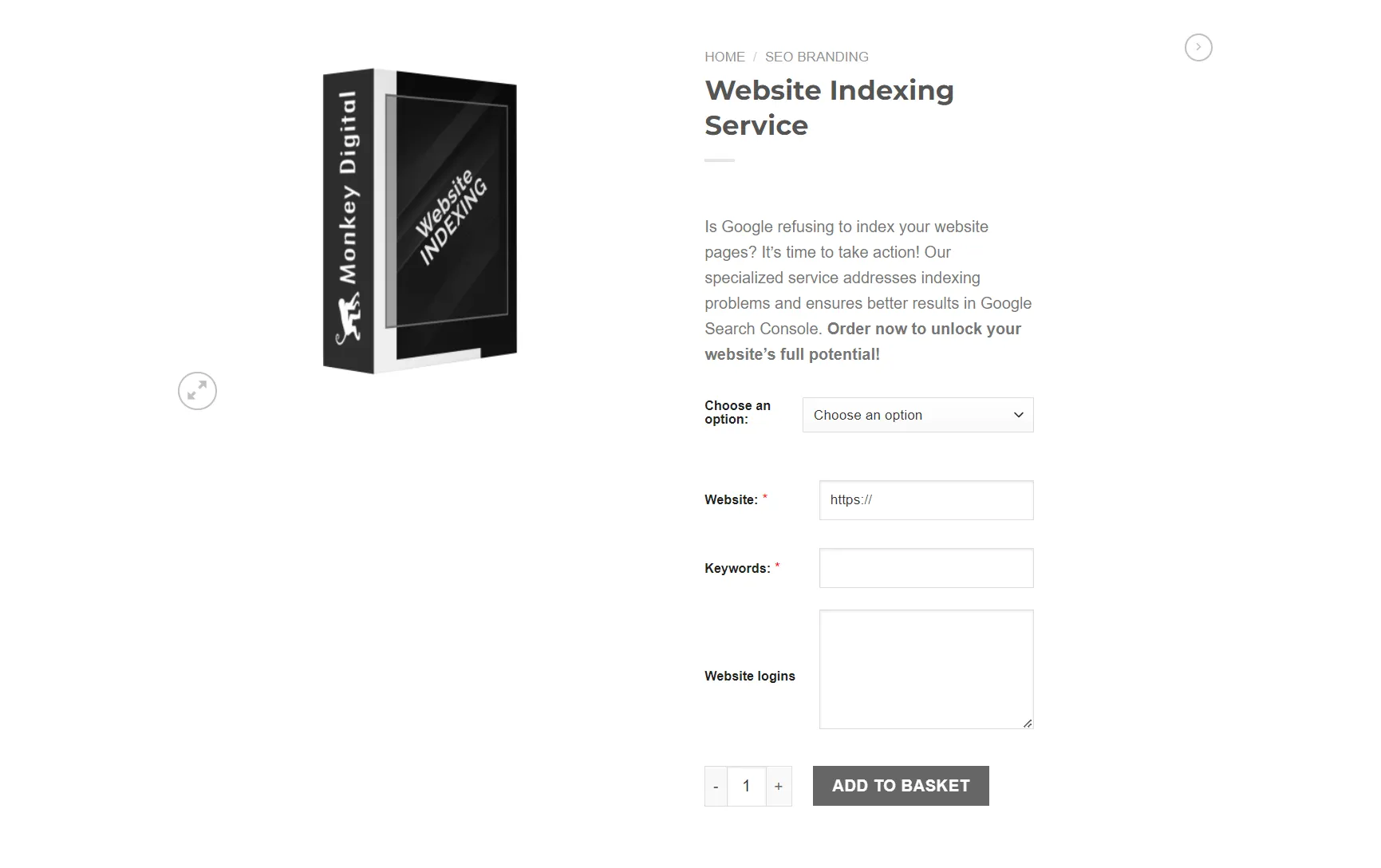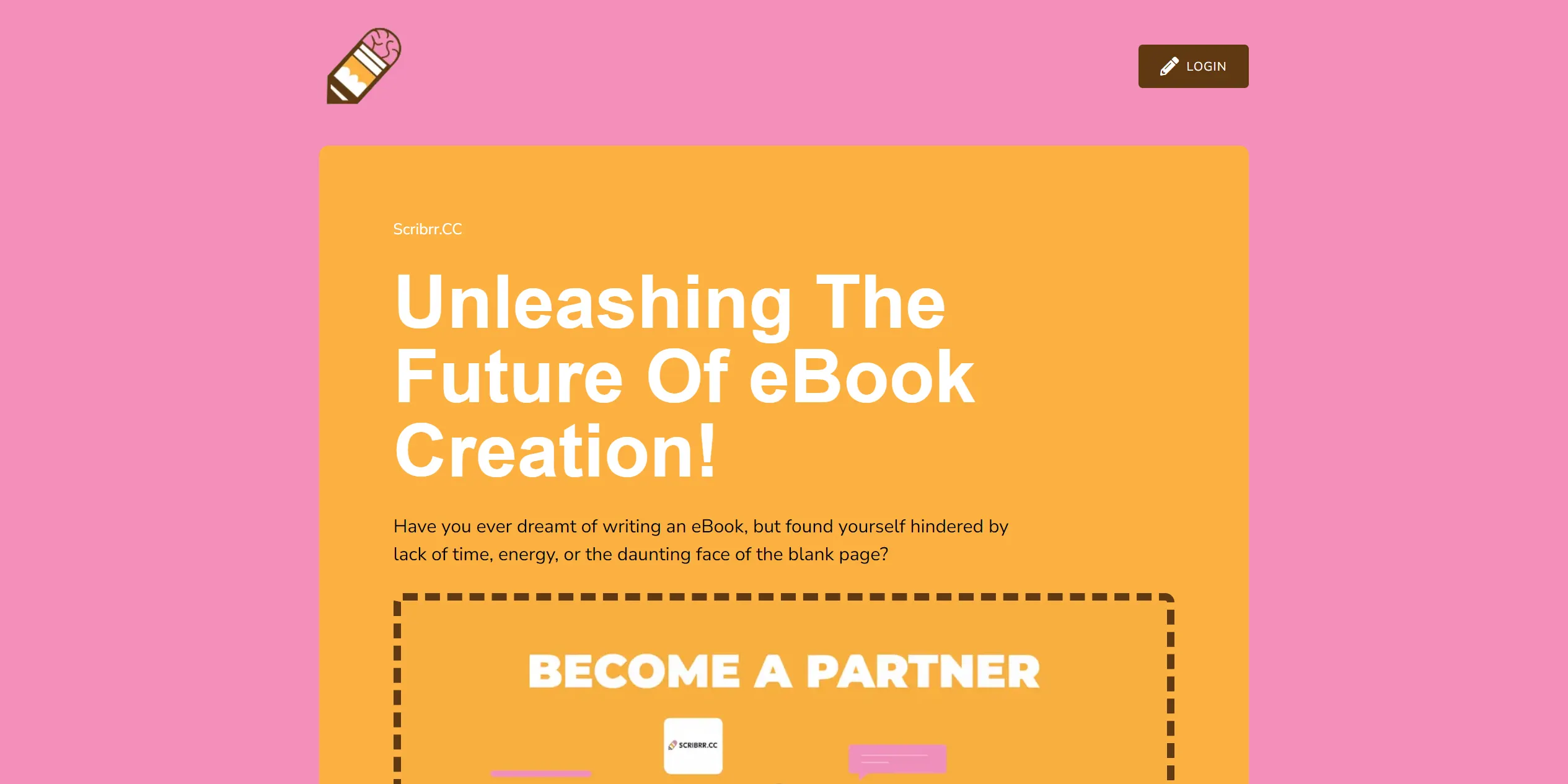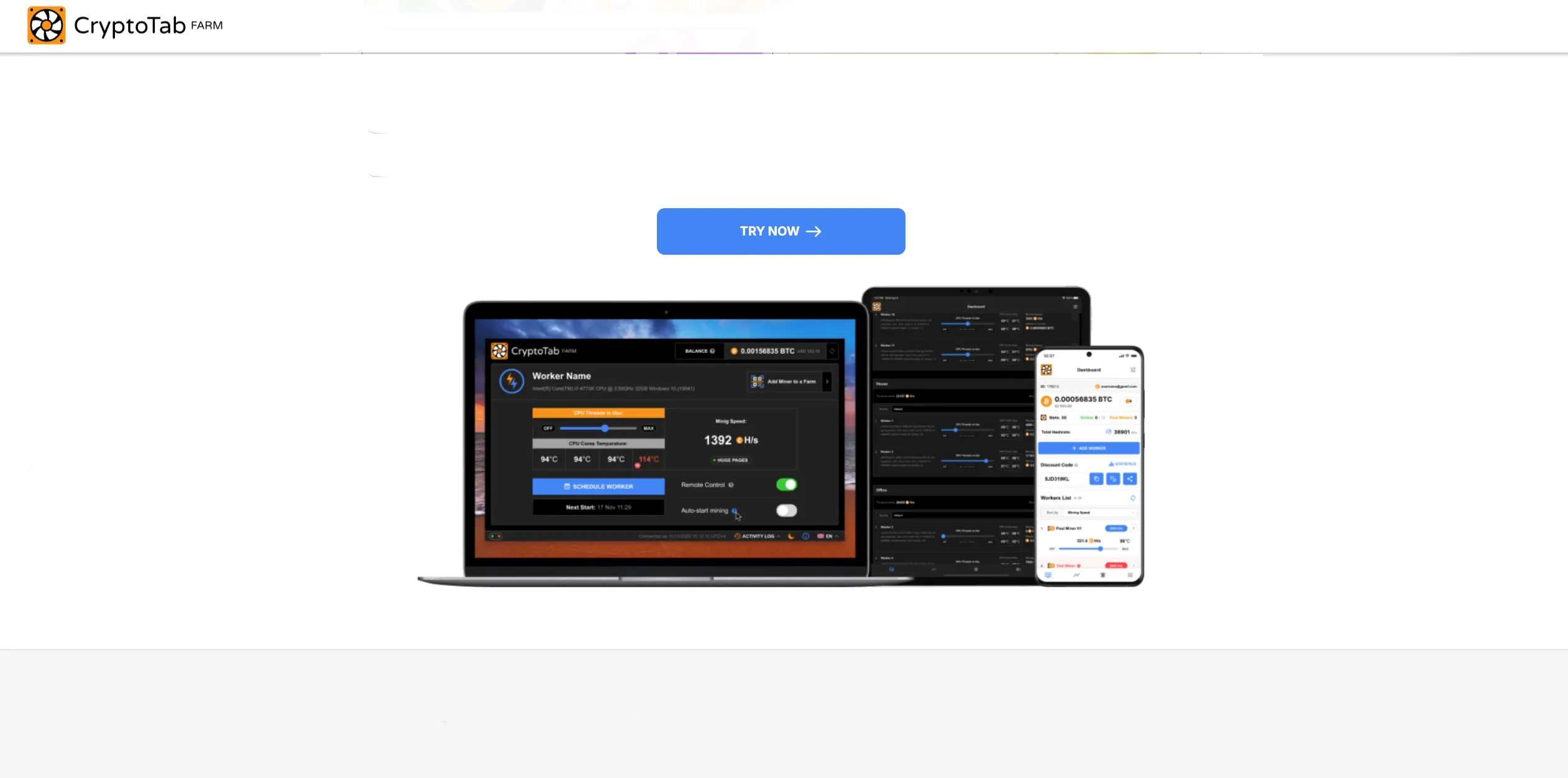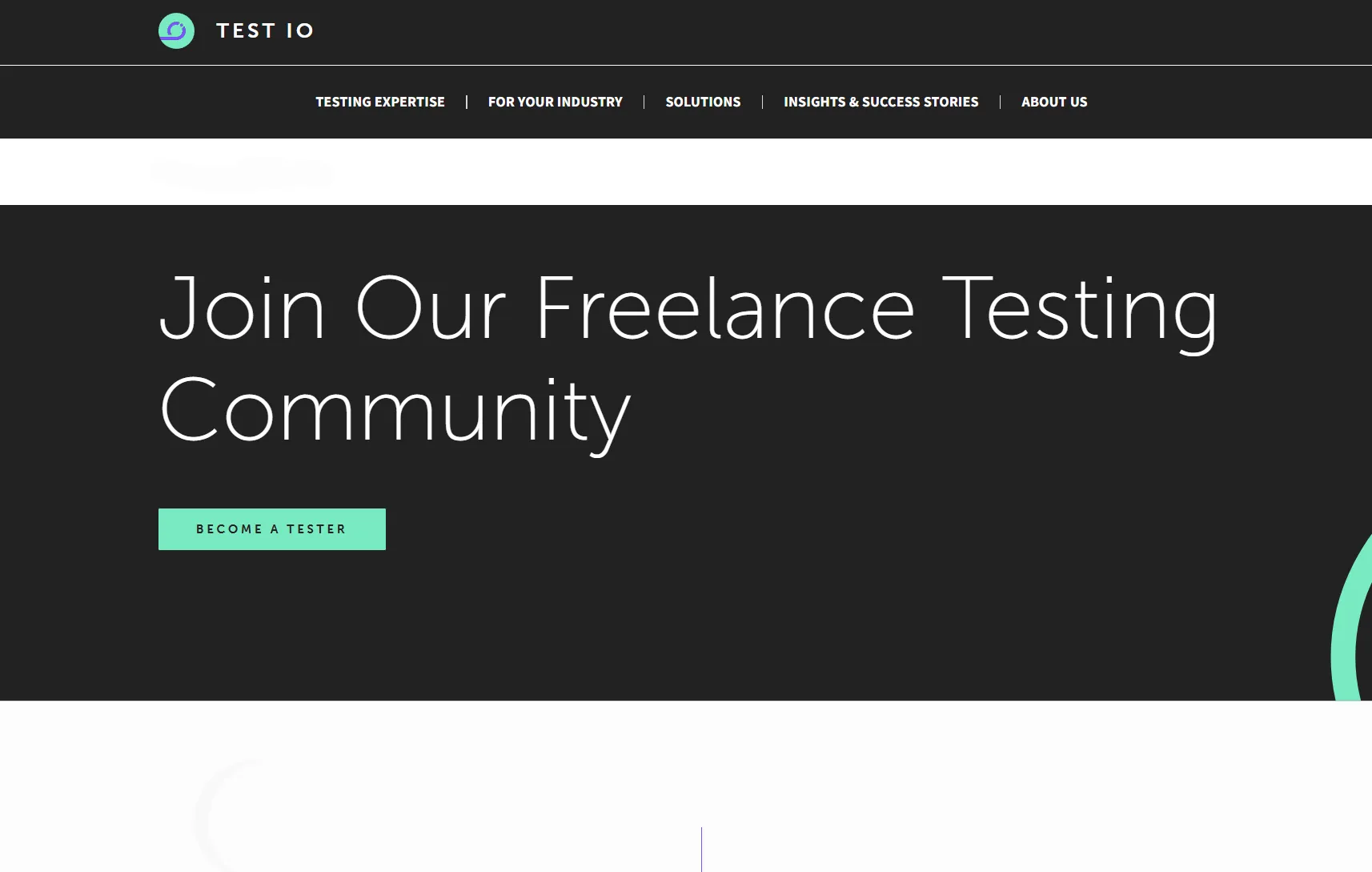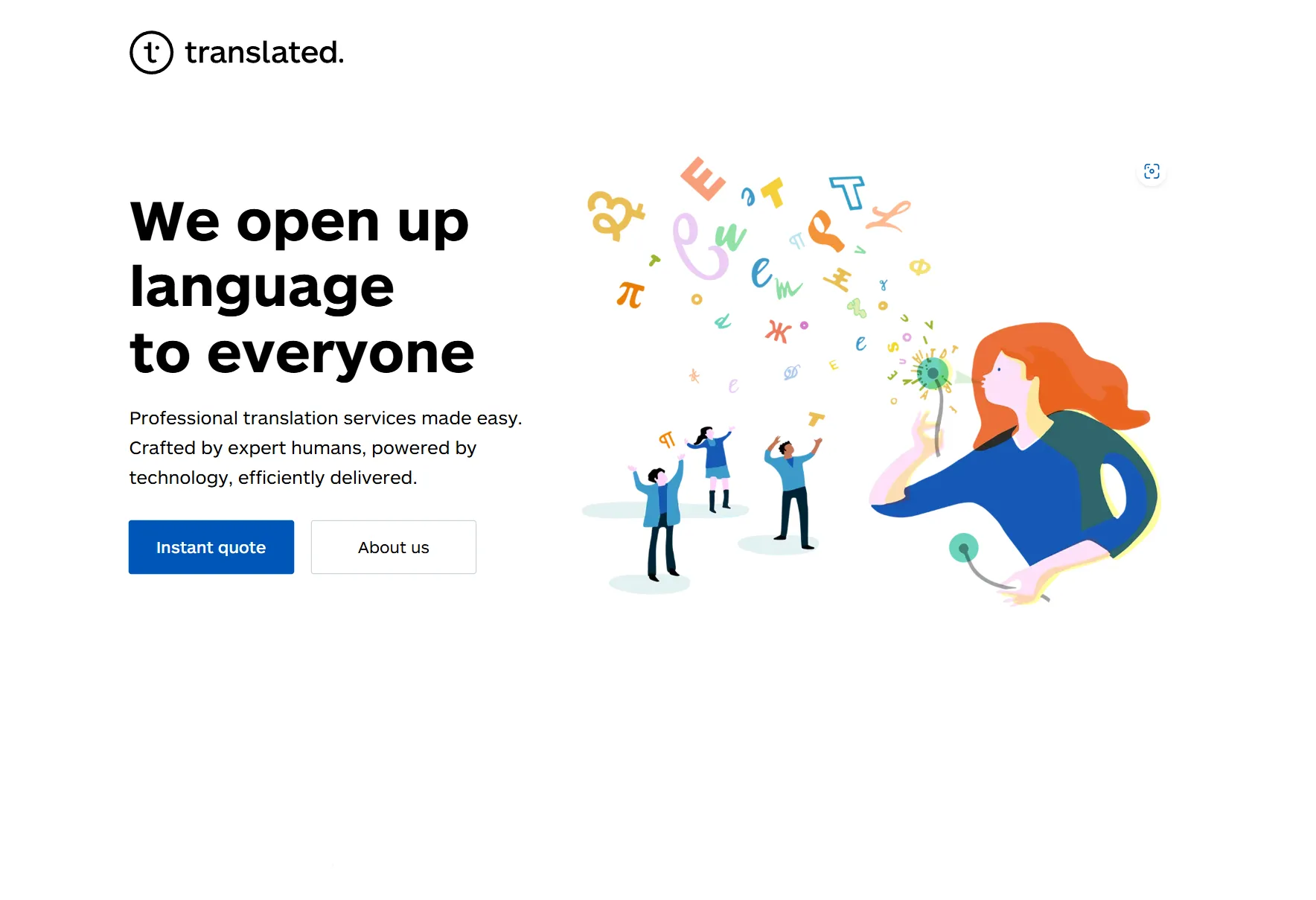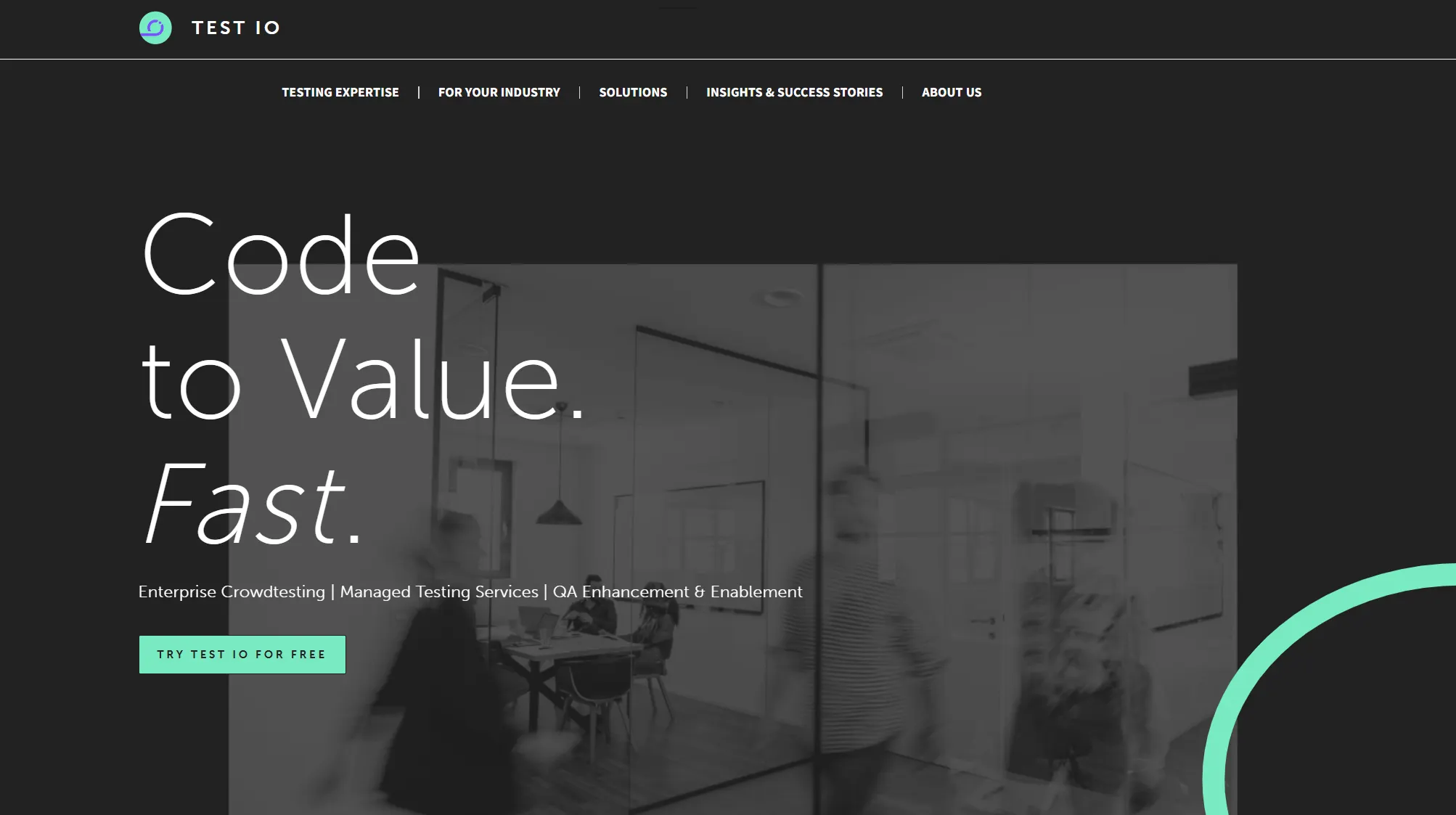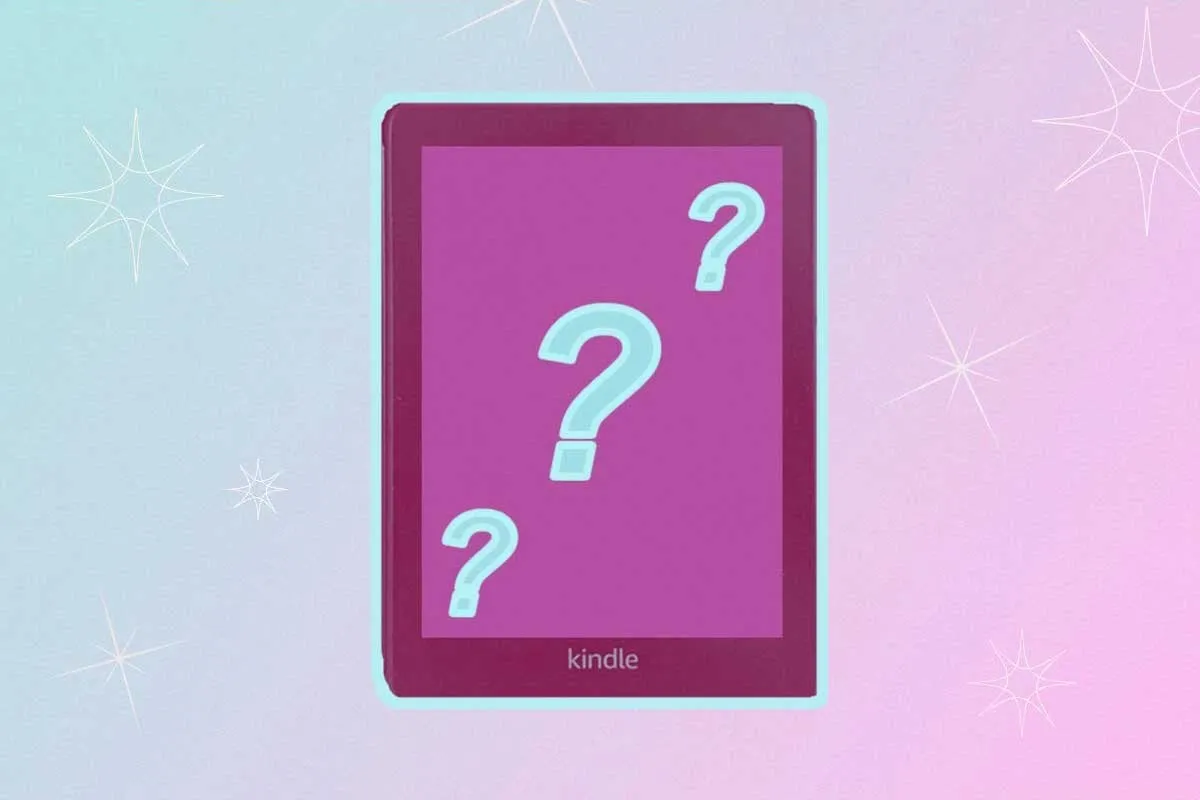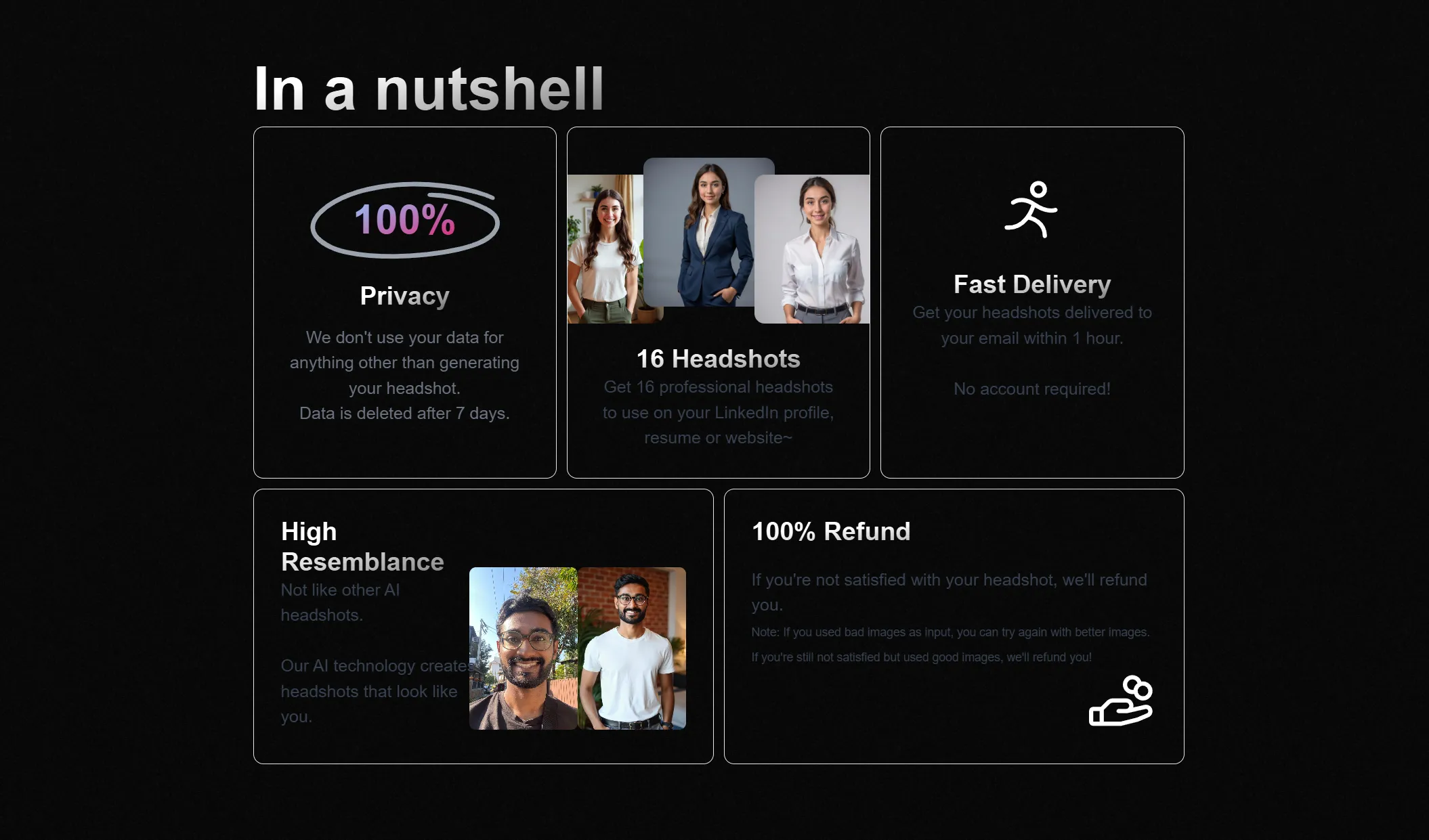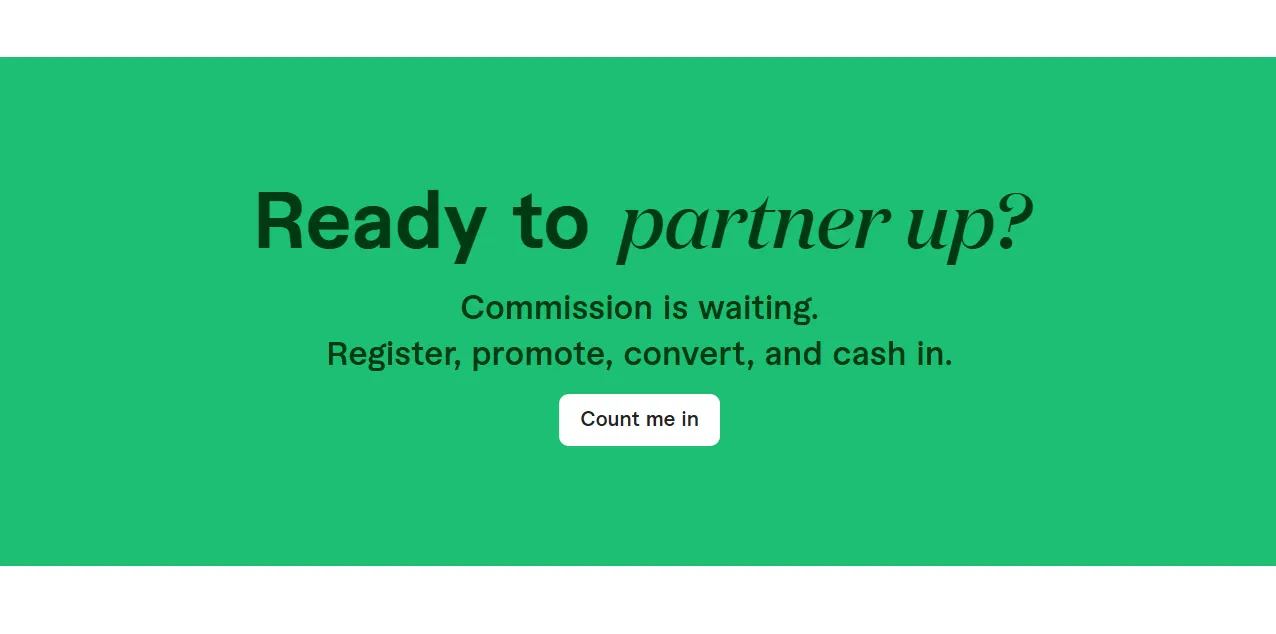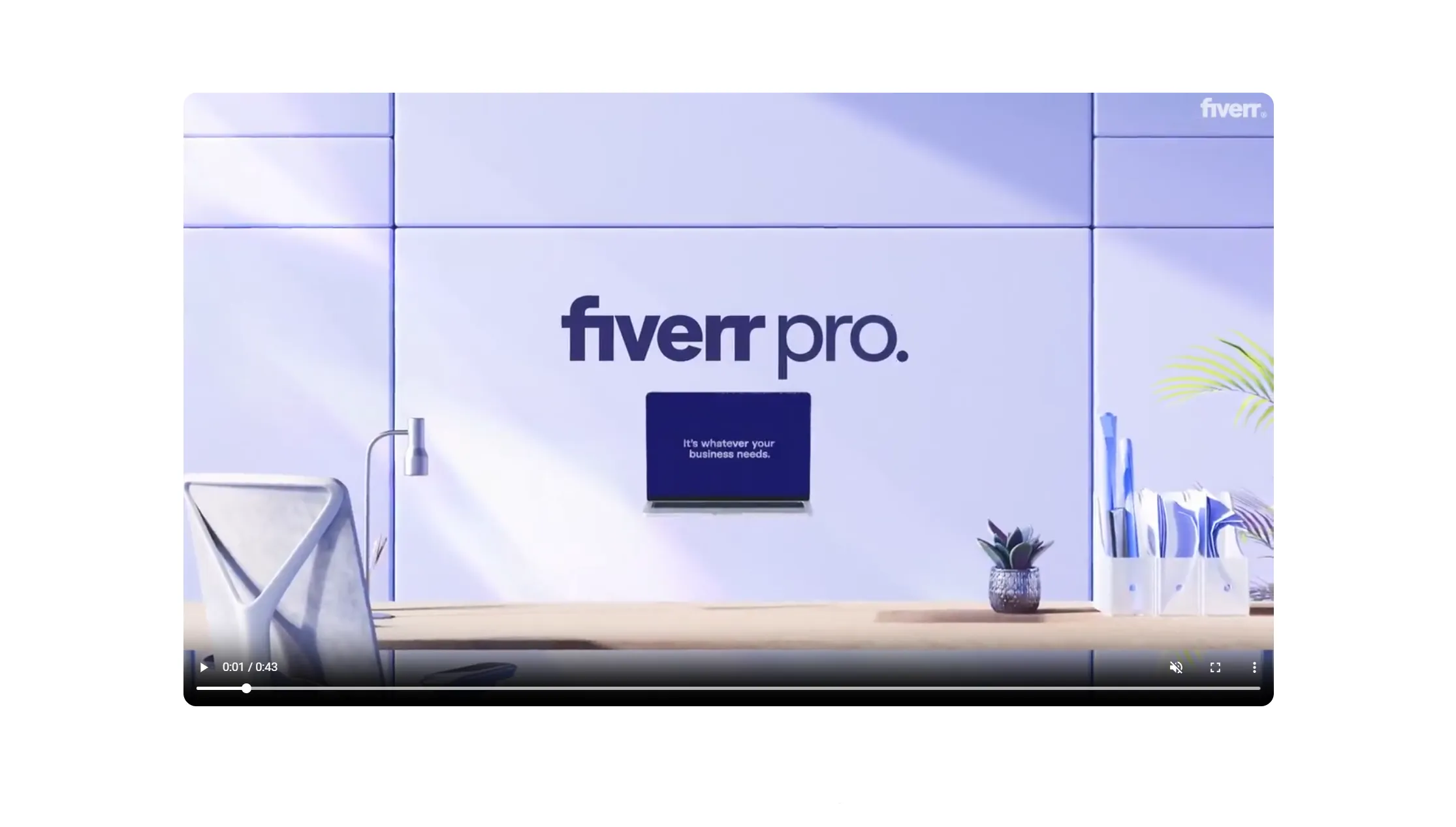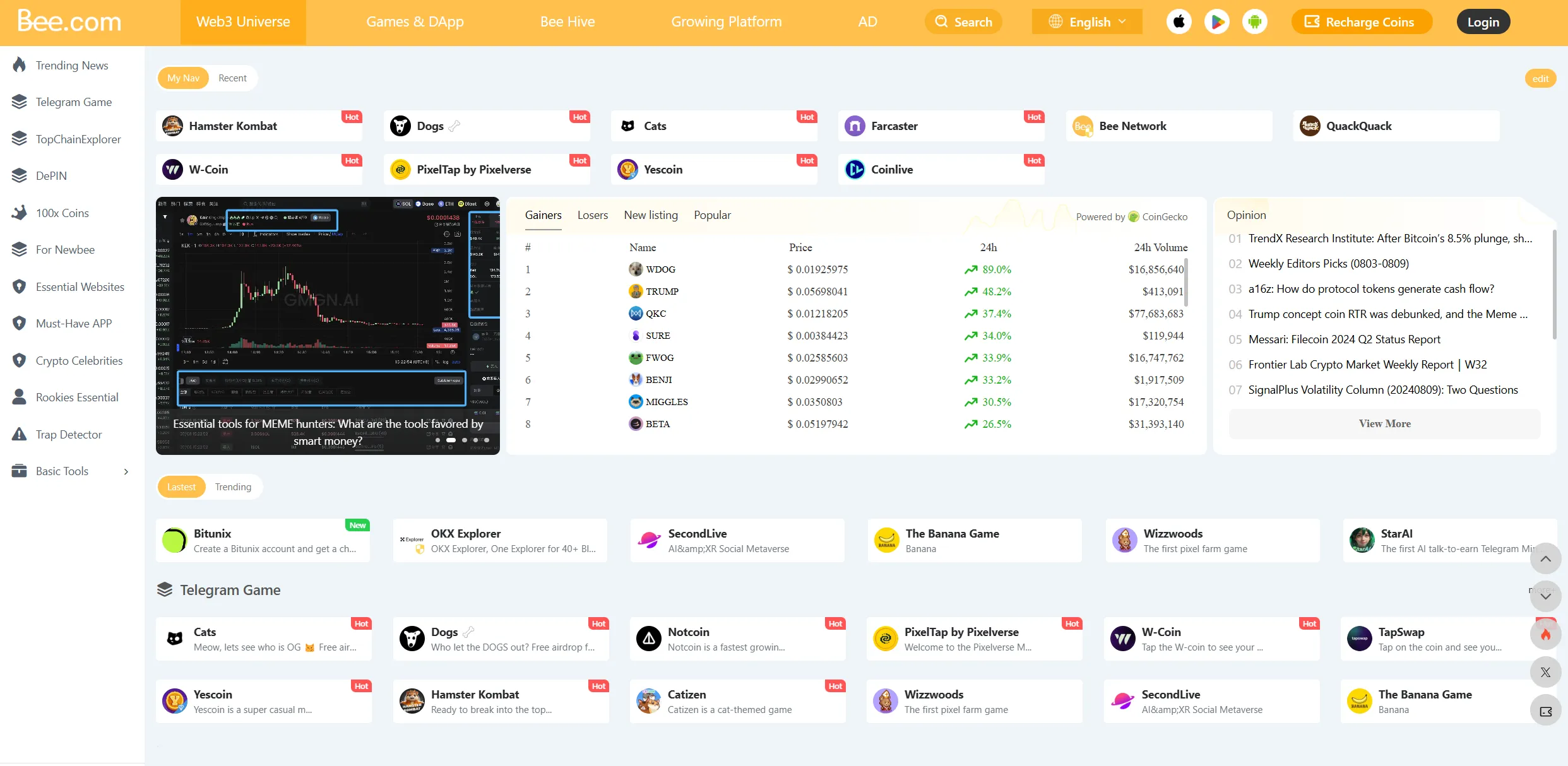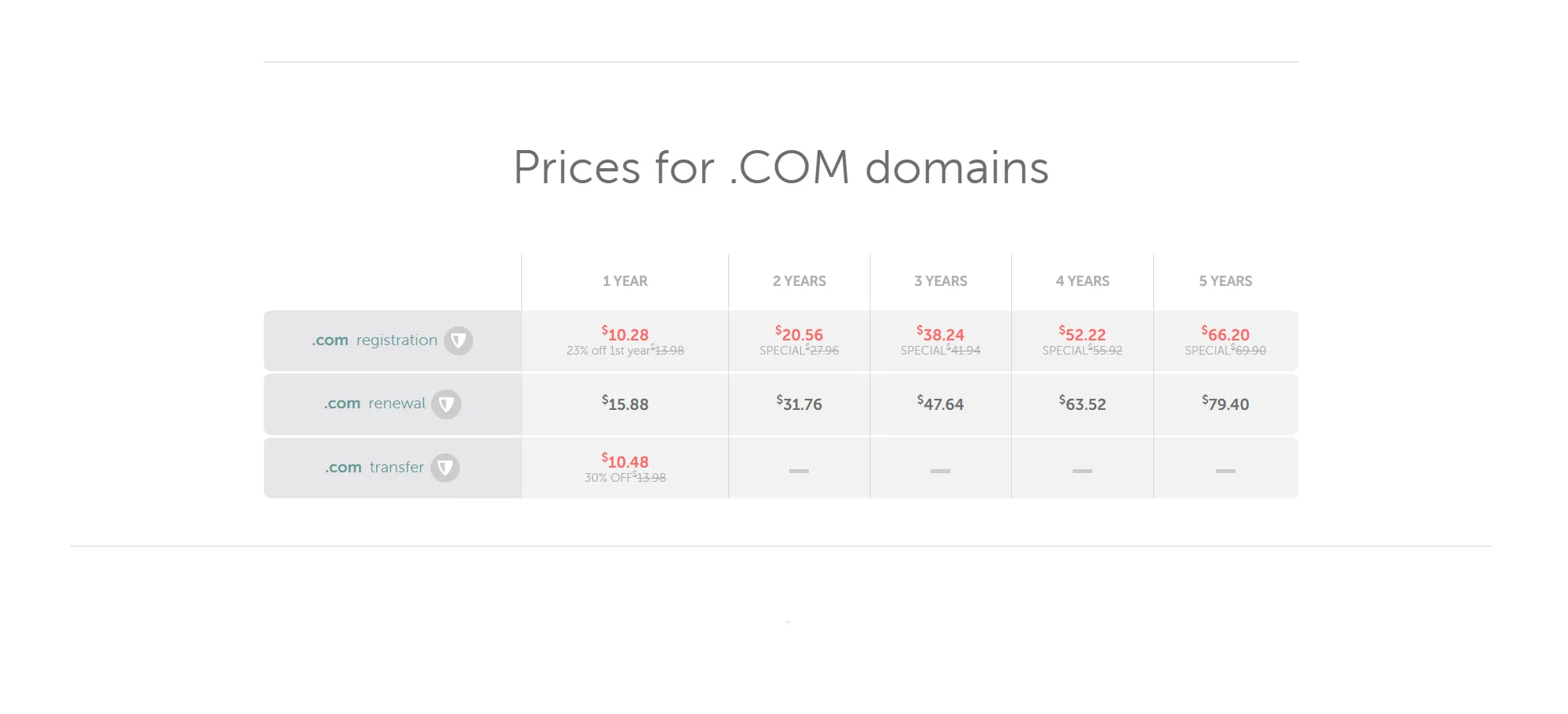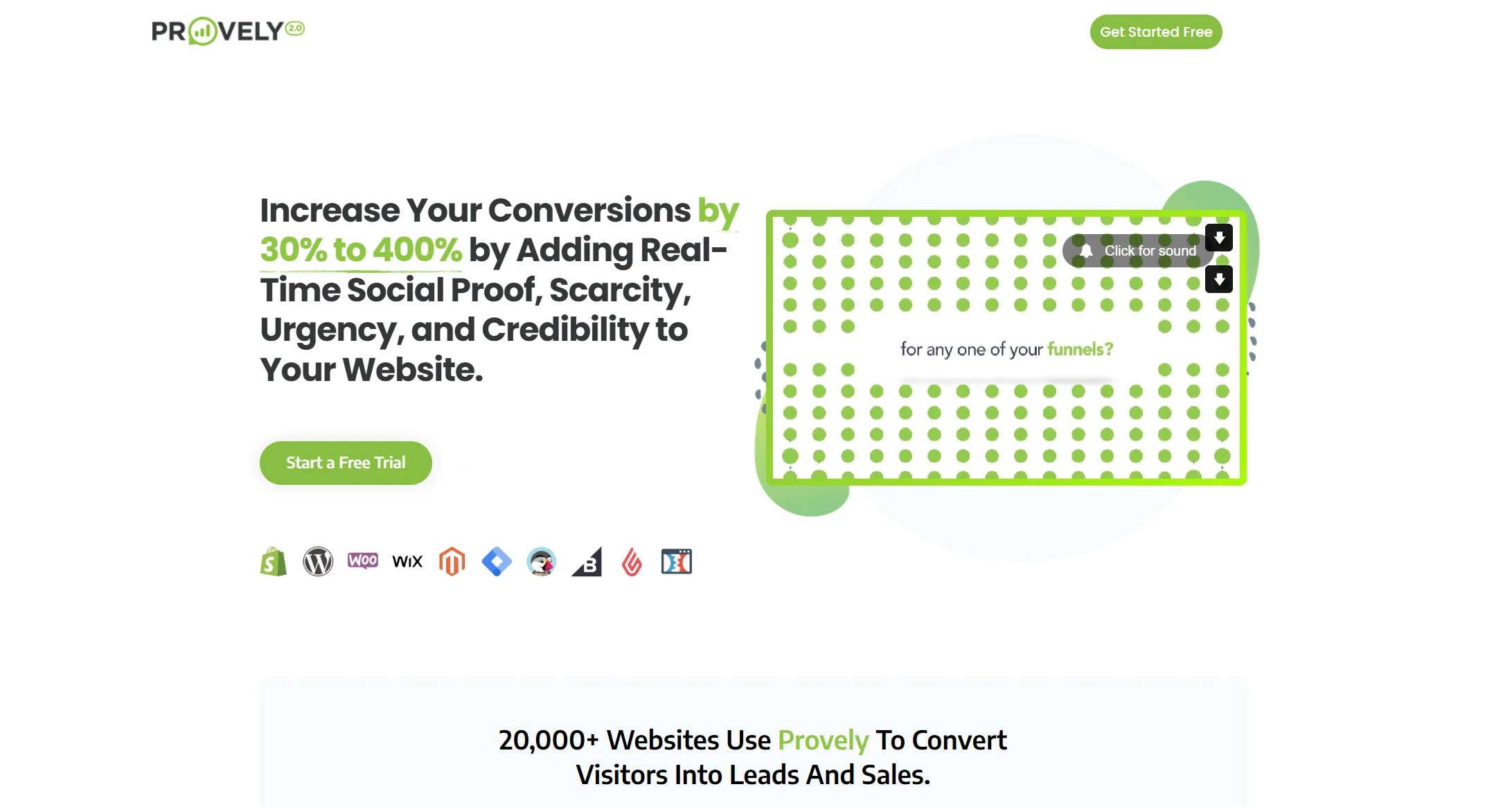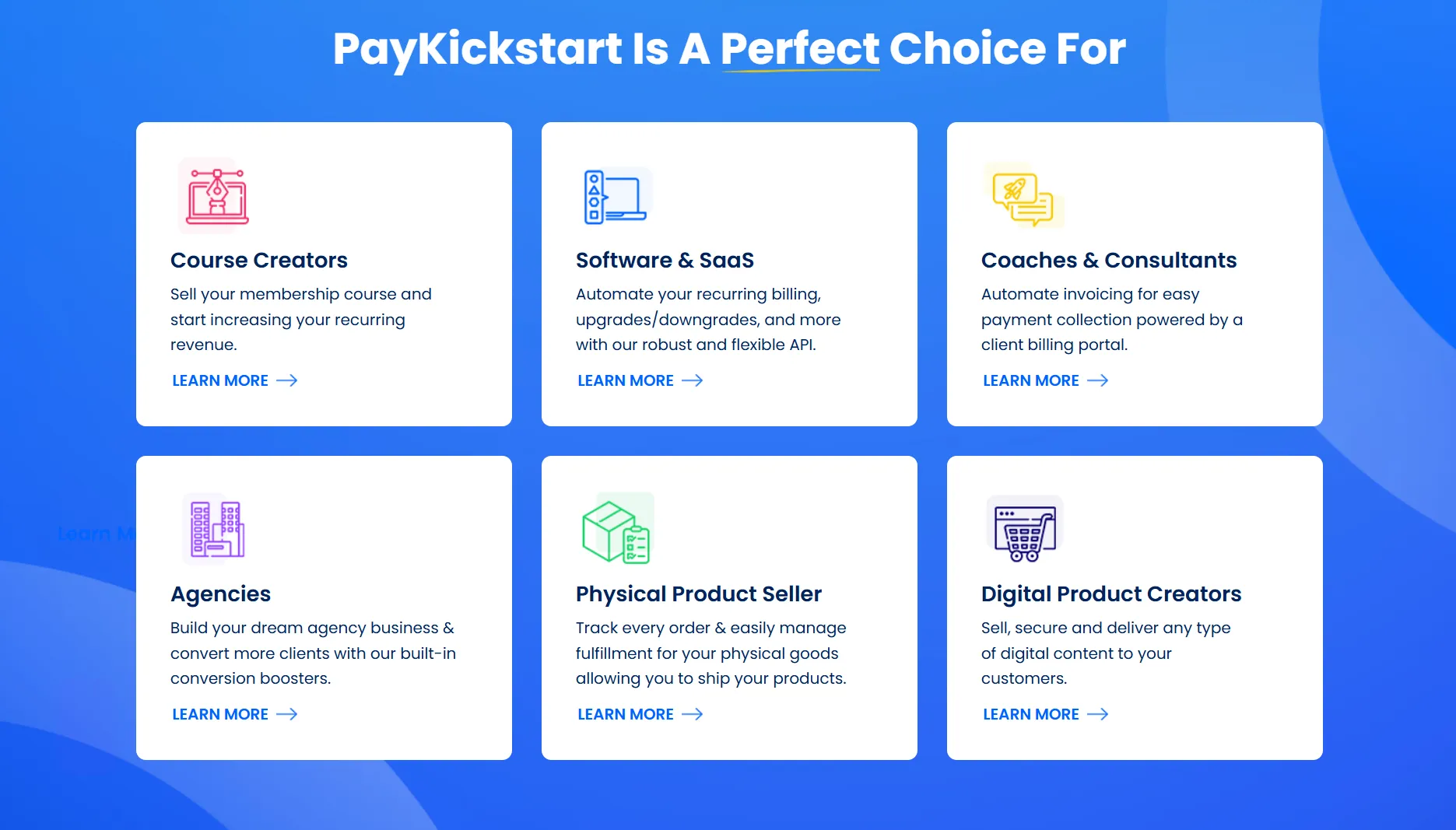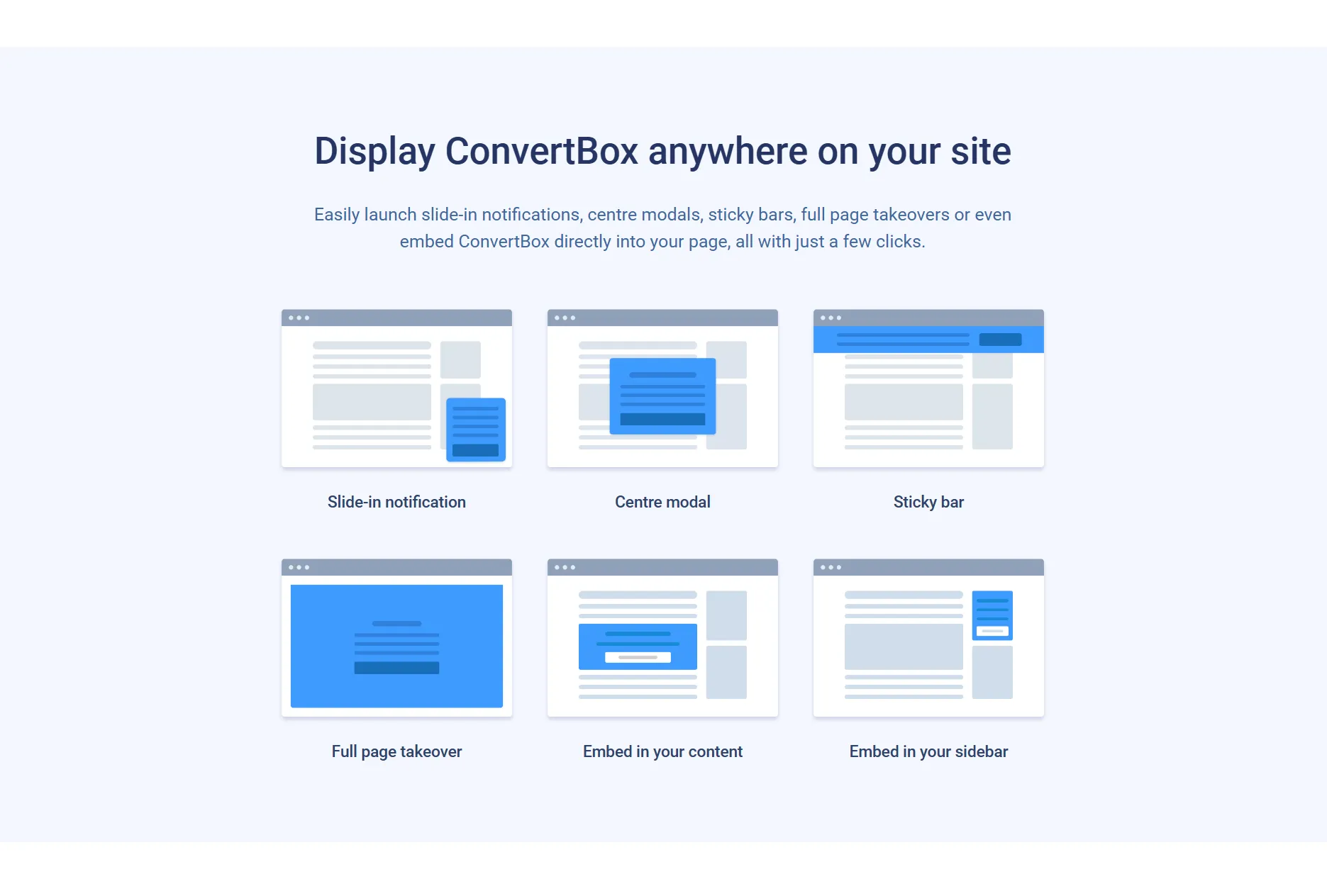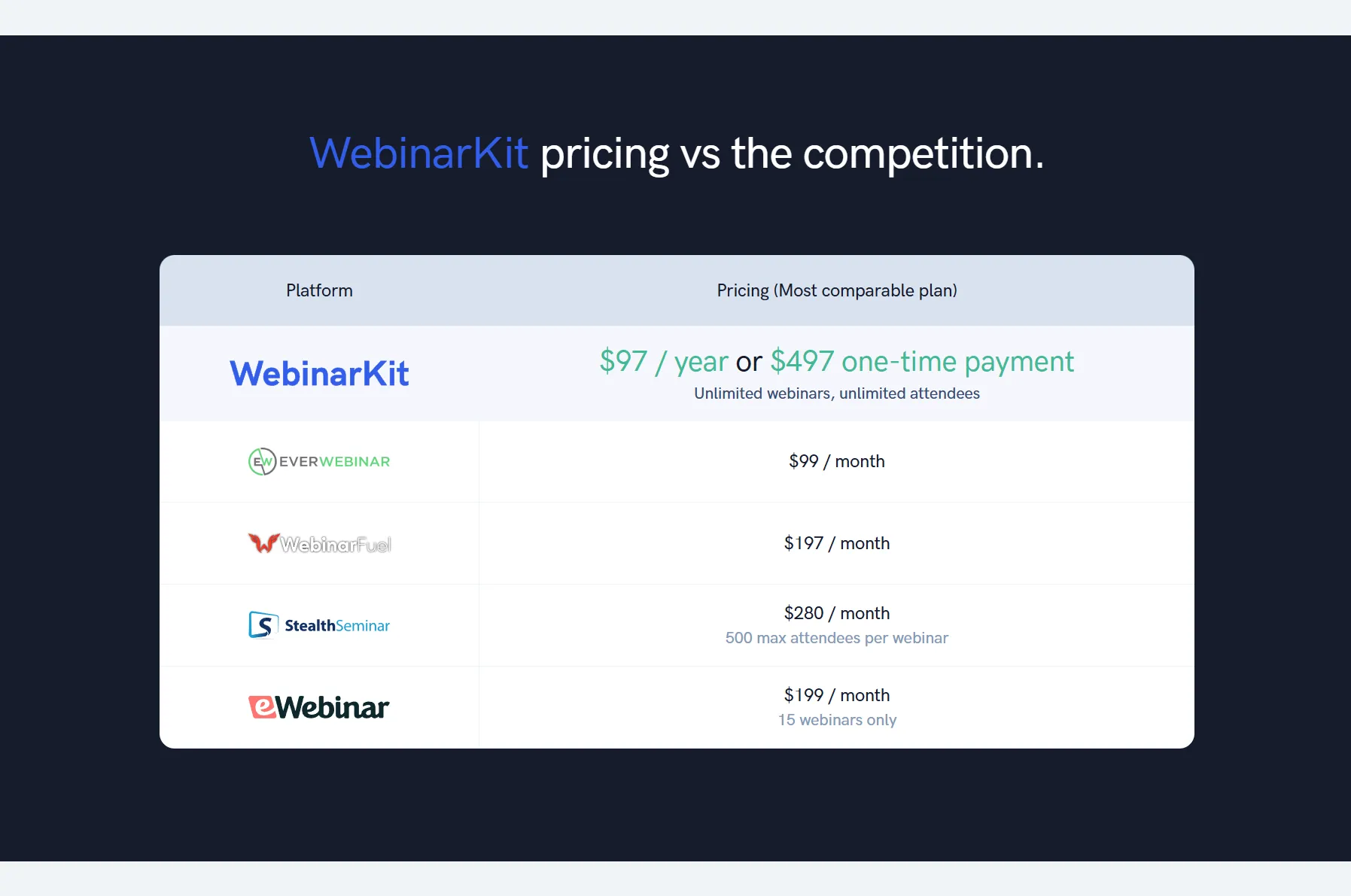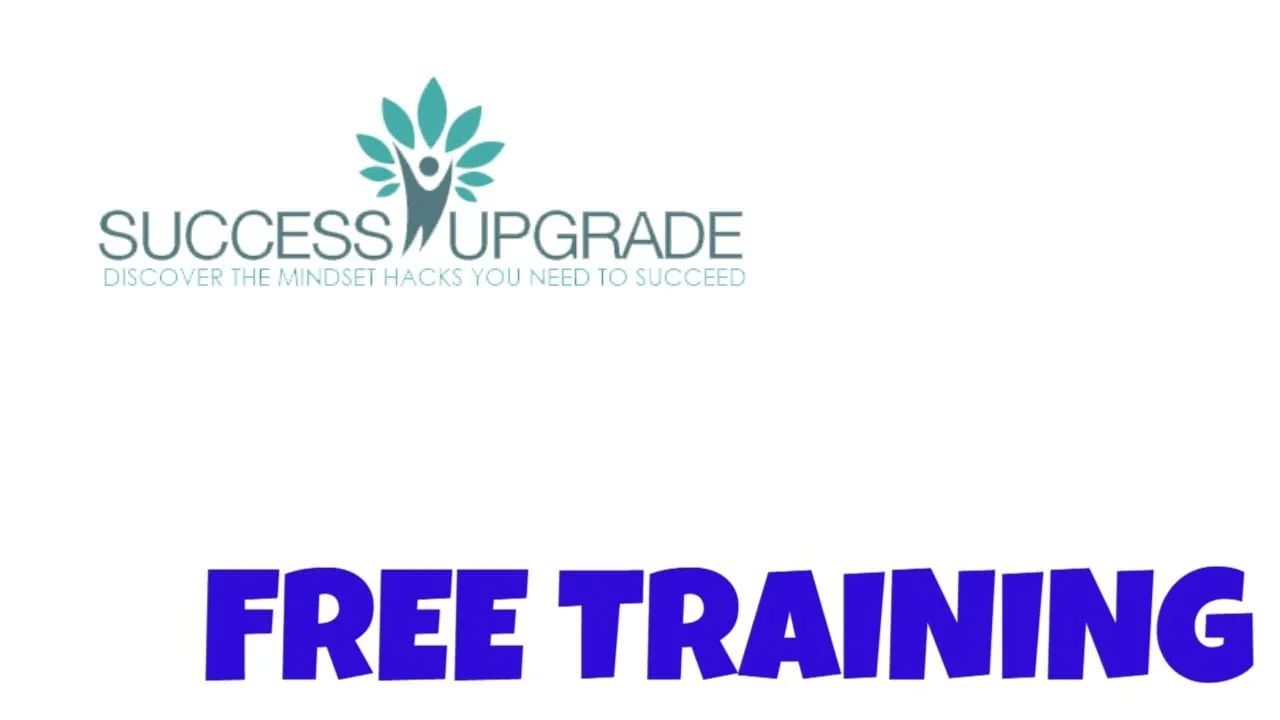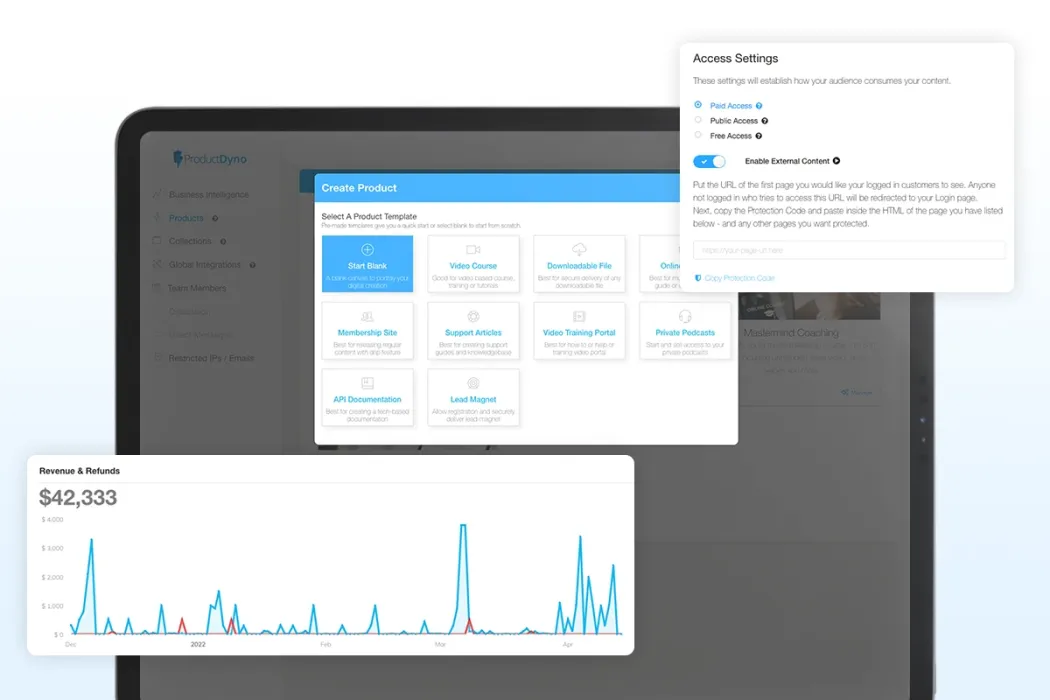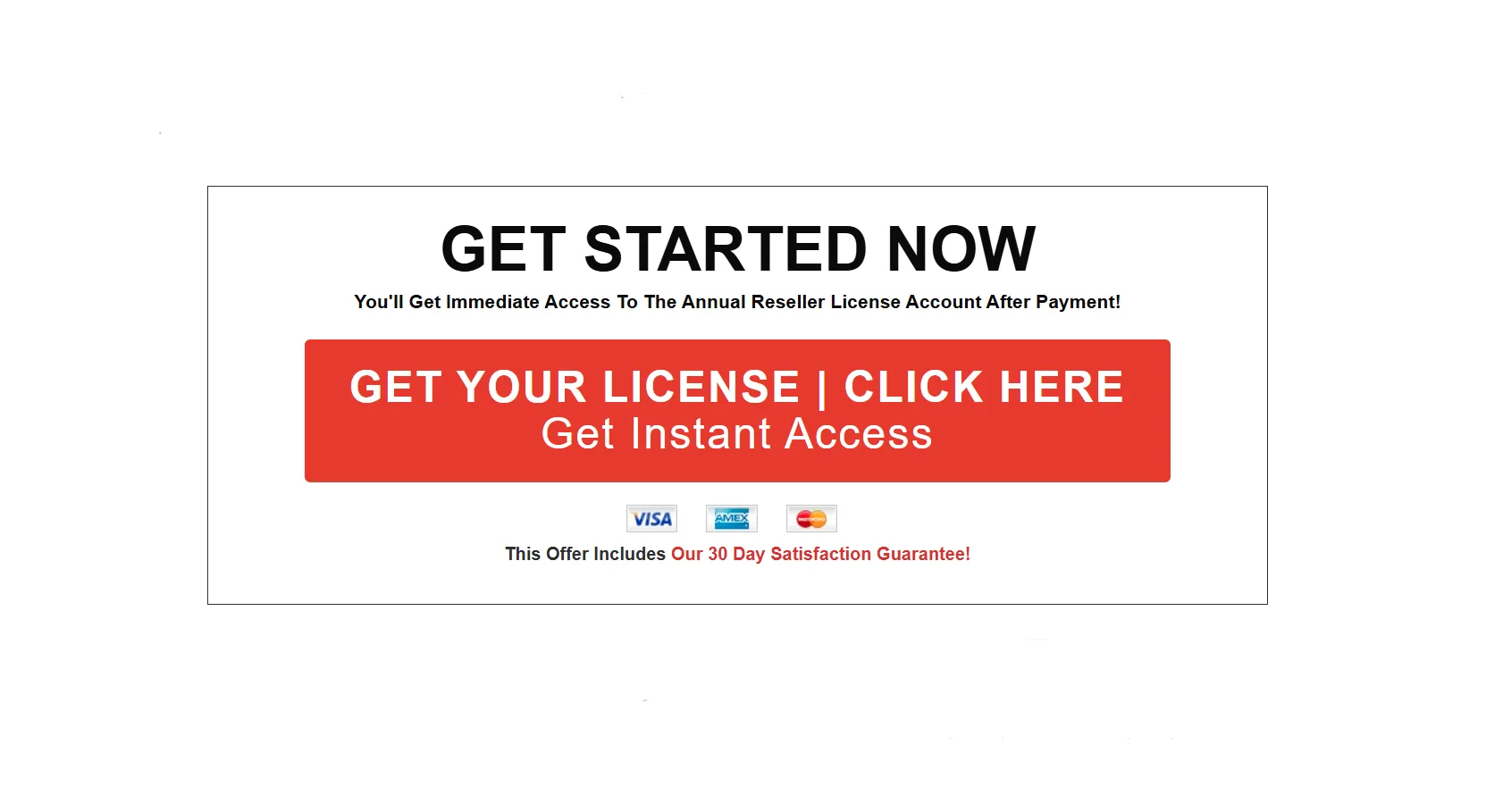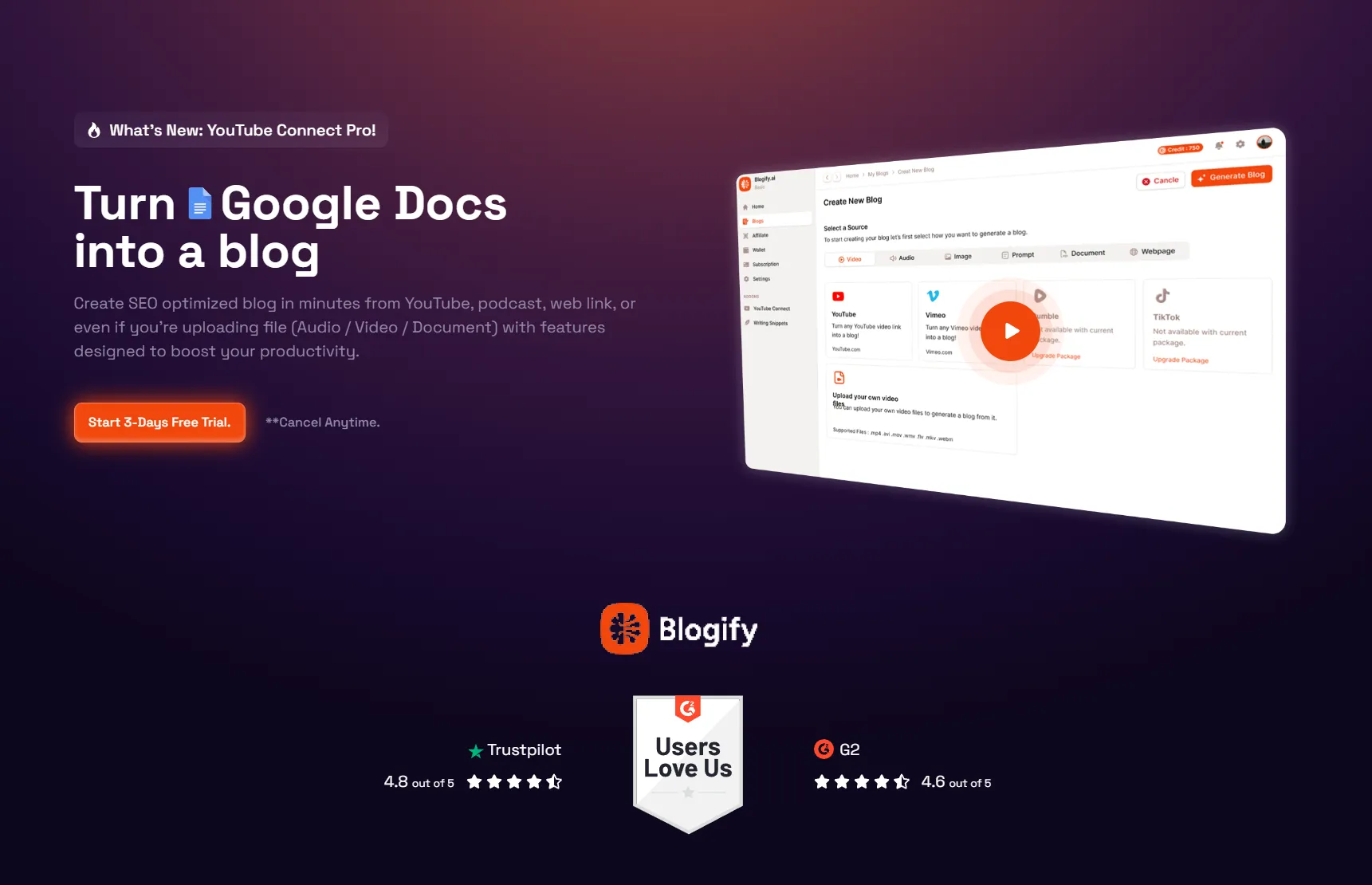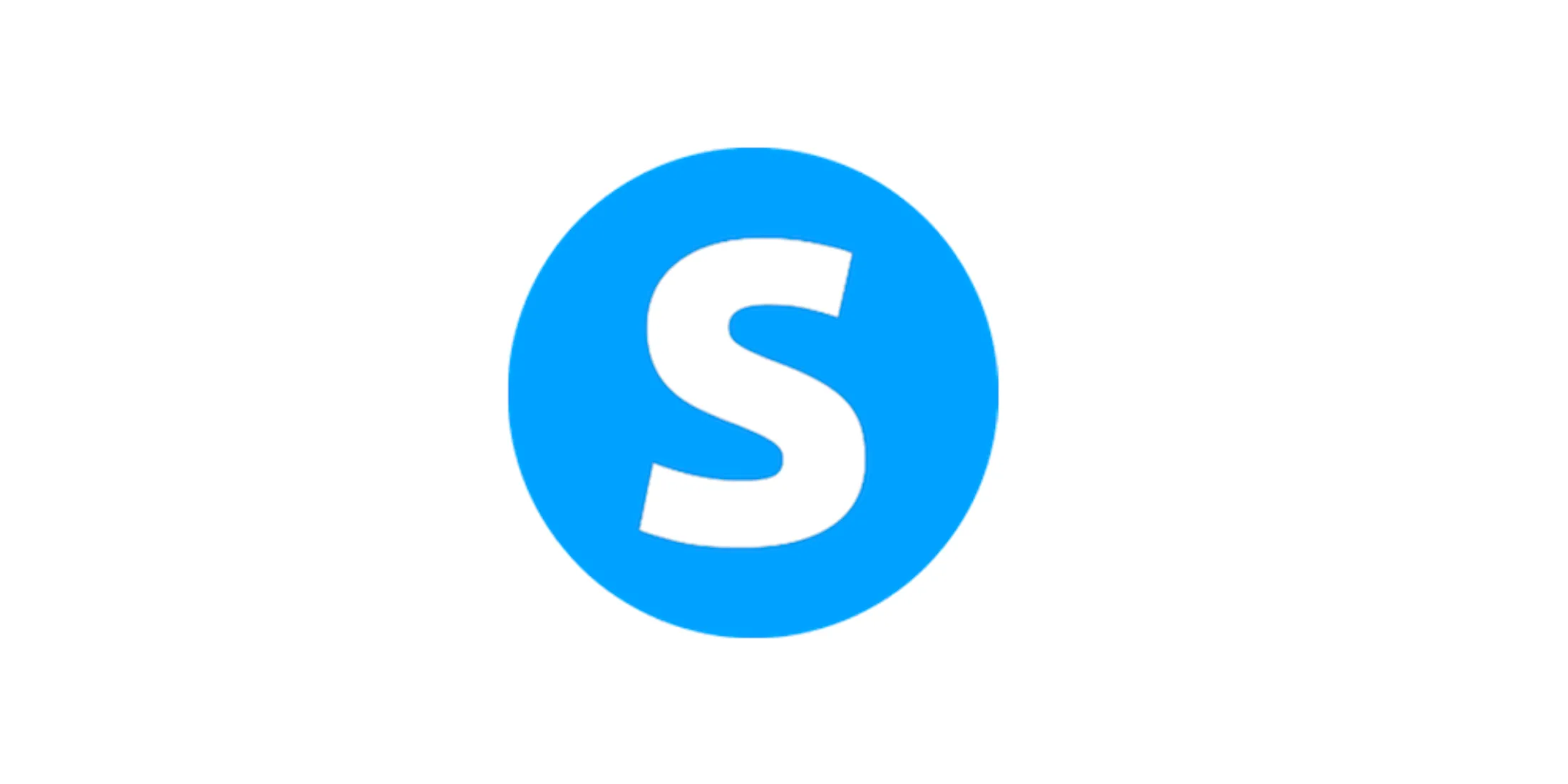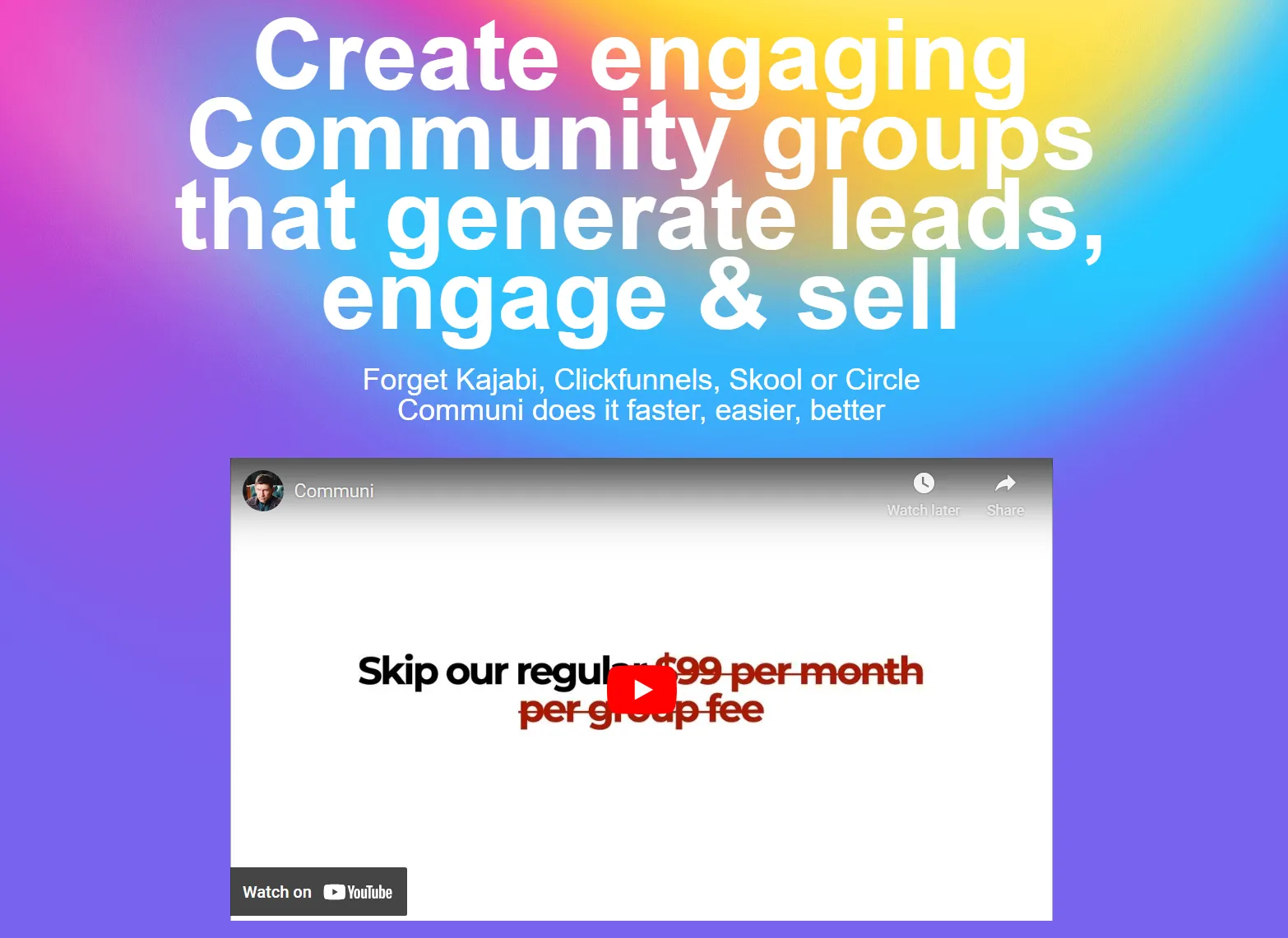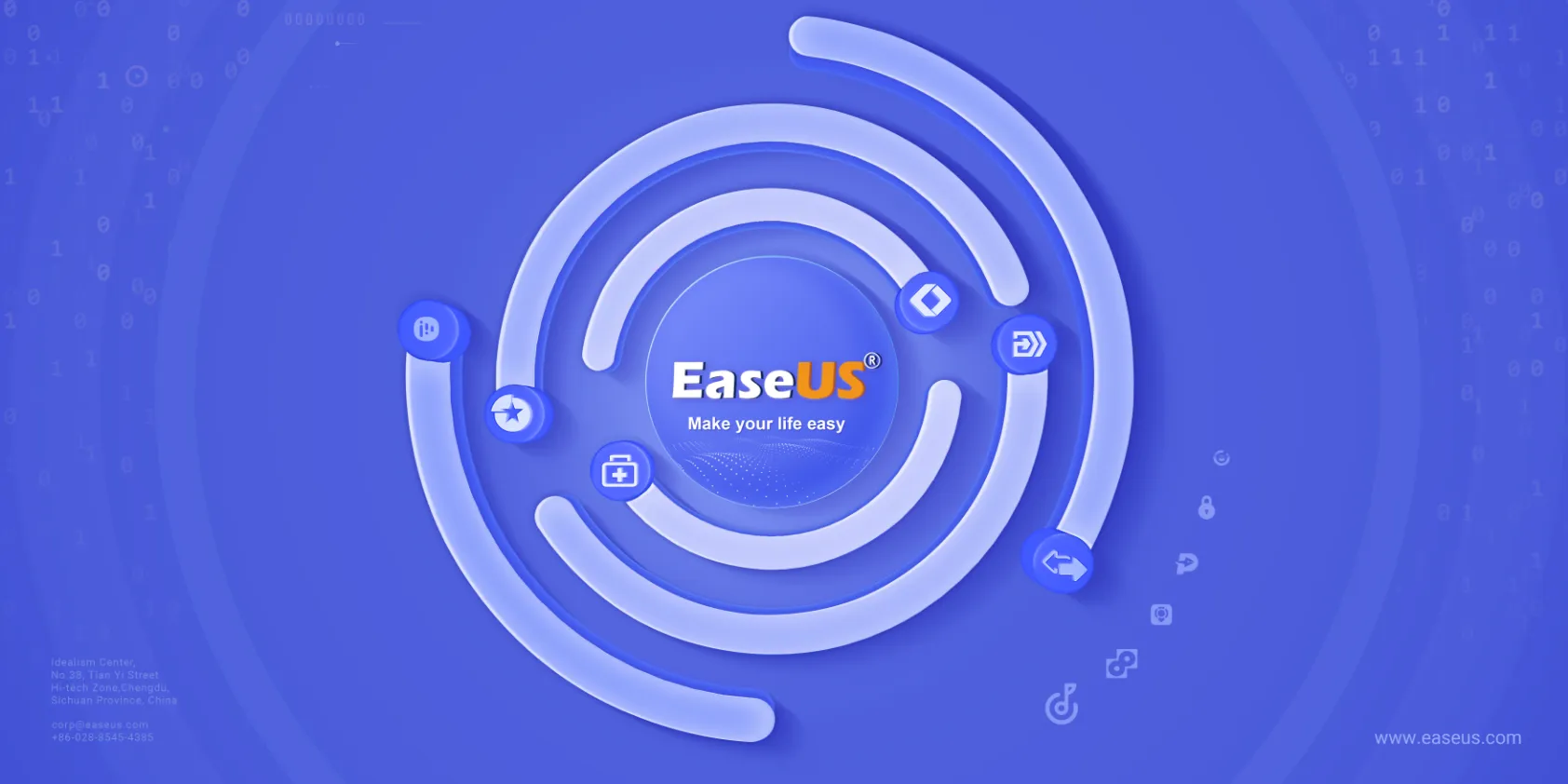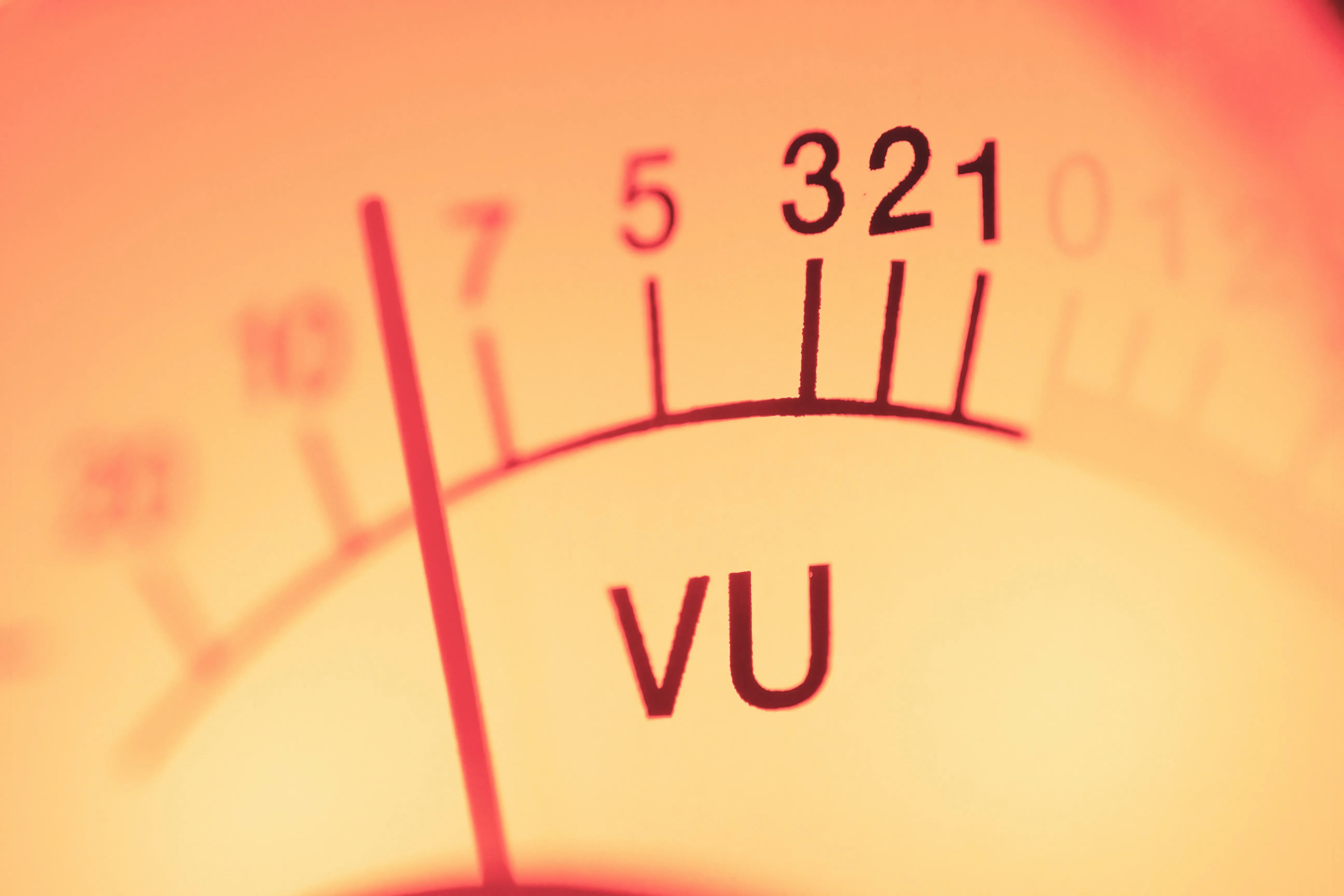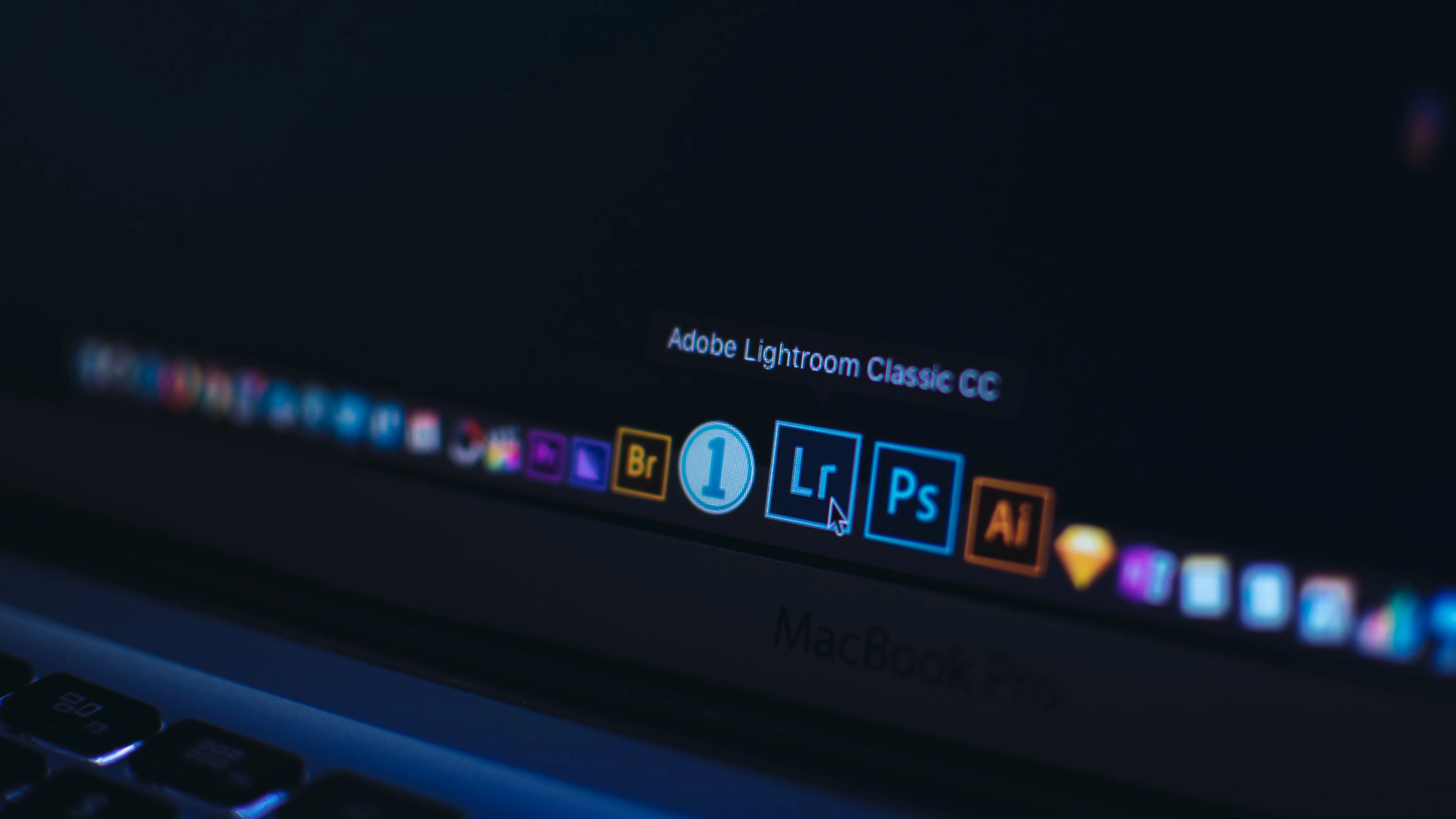Meditation for Busy People: Finding Calm in Chaos
Average Reading Time: 4min.
Table of Contents
- Introduction: Debunking Meditation Myths: It’s Not Just for Monks or Mystics
- Chapter 1: Quick Meditation Techniques for the Super Busy (Including My Phone Alarm Hack)
- Chapter 2: Meditation for Stress Relief: Bringing Calm to Your Mind and Body
- Conclusion: Sticking with It: Real-World Tips for Creating a Habit (And What to Expect When You Miss a Day)
Last year, while juggling work deadlines, a sick toddler, and a perpetually overfilled inbox, I found myself wishing for an “off” button. Instead, what I stumbled onto was something far simpler: meditation for busy people. If you’re skeptical (as I was), or you think meditation requires a mountain-top retreat, you might be surprised. This post is a crash course, infused with my own missteps and discoveries, into making meditation doable—even in the rush of real life.
Debunking Meditation Myths: It’s Not Just for Monks or Mystics
When I first tried meditation, I was sitting in my car, stuck in traffic, and feeling overwhelmed by the noise and chaos around me. I remember awkwardly humming, half-expecting some magical calm to wash over me. Spoiler: it didn’t. At least, not right away. That moment made me realize just how many meditation misconceptions I had picked up over the years. Like many people, I thought meditation required total silence, incense, and maybe even a robe. But the reality is far less intimidating—and much more practical, especially for those of us who feel like we’re always on the go.
Let’s be honest: the image of meditation as a strict, almost mystical discipline is everywhere. We picture monks on mountaintops or yogis in perfect lotus positions. But research and modern guides, like the Meditation for Busy People eBook (2020), show that meditation is actually a flexible tool designed for real life. It’s not about escaping your daily chaos, but about finding calm within it.
One of the biggest meditation misconceptions is the idea that you need a quiet, sacred space and a huge chunk of free time. In reality, meditation can fit into the busiest schedules and the noisiest environments. You don’t need to light a candle or chant for hours. In fact, studies indicate that even two minutes of mindful breathing can offer basic stress relief. That’s less time than it takes to scroll through your social feed or wait for your coffee to brew.
- Meditation for Busy People means you can practice in your car, at your desk, or even during a quick break at home.
- There’s no need for silence—background noise doesn’t have to be a barrier. Sometimes, the practice is simply noticing the sounds around you and letting them be.
- You don’t need any spiritual or religious background. Meditation is for anyone looking to manage stress or regain mental clarity.
What’s more, meditation isn’t about emptying your mind or stopping your thoughts. As Sharon Salzberg wisely put it:
Meditation is not about stopping thoughts, but recognizing that we are more than our thoughts.
That shift in perspective is powerful. It means you don’t have to “do it right” to benefit. You can meditate while walking, listening to music, or simply focusing on your breath. The Meditation for Busy People eBook outlines several techniques—like body scans, mindful observation, and even affirmation-based practices—that can be done in almost any setting. The key is flexibility, not perfection.
So, if you’ve ever felt like meditation isn’t for you because you’re not a monk or you don’t have a quiet space, it’s time to let go of those old ideas. Meditation is a practical, accessible tool for stress relief and mental clarity, no matter how busy or chaotic your life may be. And sometimes, all it takes is two minutes to start feeling the difference.
Quick Meditation Techniques for the Super Busy (Including My Phone Alarm Hack)
If you’re like me, your days are packed from sunrise to sunset. Between work, family, and the endless stream of notifications, finding time for self-care can feel impossible. But here’s the good news: you don’t need to carve out an hour or even a half-hour to benefit from meditation. Research shows that even short bursts of meditation techniques—sometimes just five minutes—can make a real difference in your stress levels and mental clarity.
Squeeze in Stress Relief with Micro-Meditations
One of the most practical stress relief strategies I’ve found is the micro-meditation. These are quick, intentional pauses you can fit into the busiest moments of your day. For example, while you’re waiting for your coffee to brew, try a simple breathing exercise. Inhale slowly for four counts, hold for four, then exhale for four. Repeat this cycle a few times. This basic breathing exercise calms your nervous system and helps you reset before the day gets away from you.
Body Scan Meditation on the Go
Another favorite of mine is the body scan meditation. You don’t need a yoga mat or a quiet room—just a few minutes and a willingness to check in with yourself. If you’re riding the bus or sitting in traffic (and not driving), bring your attention to different parts of your body, starting at your toes and moving up to your head. Notice any tension or discomfort, and breathe into those areas. If you’re driving, keep your eyes open and simply notice how your hands feel on the steering wheel or how your back rests against the seat. These small moments of mindfulness can be surprisingly effective for stress relief.
My Phone Alarm Hack: Building a Daily Meditation Routine
Let’s be honest—most of us live by our phones. So why not use that to our advantage? I set a recurring alarm on my phone, usually mid-morning and again in the afternoon. When it goes off, I pause whatever I’m doing and repeat a calming mantra or affirmation. Sometimes it’s as simple as “I am calm” or “This moment is enough.” This trick helps me anchor my daily meditation routine, even on days when my schedule is out of control.
Just like brushing your teeth, a minute of mindfulness can make all the difference. — Jon Kabat-Zinn
Everyday Activities as Meditation Cues
What I’ve learned is that meditation techniques don’t have to be complicated. Everyday activities—like making coffee, walking to your car, or even washing your hands—can become cues for a quick check-in. These moments are perfect for practicing mindfulness, repeating an affirmation, or simply taking a few deep breaths.
- Breathing Exercises: Try box breathing or simply focus on your breath for a minute.
- Body Scan Meditation: Check in with your body during routine tasks.
- Mantra Repetition: Use a phone alarm as a reminder to pause and repeat a calming phrase.
Studies indicate that these micro-practices are not only practical but also effective. Even five minutes can help you regain mental clarity and reduce stress. The key is consistency—making these meditation techniques a natural part of your daily routine, no matter how busy life gets.
Meditation for Stress Relief: Bringing Calm to Your Mind and Body
Life rarely slows down. Between work, bills, and endless responsibilities, I often find myself feeling overwhelmed. Stress creeps in, sometimes quietly, sometimes all at once. For a long time, I thought I just had to push through it. But the more I learned about Meditation for Stress, the more I realized there are simple, practical ways to bring calm into even the busiest days.
The Science Behind Meditation for Stress
Research shows that meditation isn’t just a trendy buzzword or a luxury for people with lots of free time. Even short sessions—sometimes just five minutes—can help reduce stress hormones and give your mind a chance to reset. When I started meditating daily, I noticed small changes: my thoughts slowed down, my body felt less tense, and I slept better at night. Studies indicate that meditation affects at least four regions of the brain linked to stress and emotion, so the benefits go deeper than just feeling relaxed for a moment.
Progressive Muscle Relaxation: A Stretch for the Mind
One technique that surprised me is Progressive Muscle Relaxation. It’s like a stretch, but for your mind and body at the same time. I take a few minutes, once or twice a day, to tense and then relax different muscle groups. This simple practice quickly releases built-up tension—sometimes faster than I expect. It’s a stress relief strategy that’s easy to fit into a lunch break or even a few quiet minutes before bed.
Journaling: Locking in Mental Clarity
Journaling after meditation is a bit of a wild card, but it’s become one of my favorite tools. After a short meditation, I jot down a few thoughts or feelings. It helps me reflect on what came up during the session and locks in a sense of mental clarity. Sometimes, I notice patterns in my stress or realize I’m holding onto worries that aren’t as big as they seemed. This simple act of writing can enhance the health benefits of meditation and make the effects last longer.
Immediate and Long-Term Health Benefits
What I love about meditation is how it offers both immediate relief and long-term benefits. Right away, I feel calmer and more centered. Over time, regular meditation has helped improve my sleep and reduce anxiety. Techniques like progressive muscle relaxation and journaling make these effects even stronger. Meditation isn’t just for the mind—it targets physical stress too, helping my body relax and recover from daily tension.
In the midst of movement and chaos, keep stillness inside of you. — Deepak Chopra
Finding time for meditation doesn’t mean clearing your schedule or escaping to a quiet retreat. It’s about weaving small moments of calm into the chaos. Whether it’s a few minutes of breathwork, a quick muscle relaxation, or jotting down reflections in a journal, these stress relief strategies can make a real difference. The more I practice, the more I realize that mental clarity and calm are possible—even on the busiest days.
Sticking with It: Real-World Tips for Creating a Habit (And What to Expect When You Miss a Day)
Building a daily meditation routine can feel overwhelming, especially when life is packed with work, bills, and endless responsibilities. I get it—sometimes it seems like there’s simply no room for another commitment. But from my experience, the secret to lasting meditation practices isn’t about rigid schedules or elaborate rituals. It’s about weaving meditation into the fabric of your day, making it as natural as brushing your teeth or brewing your morning coffee.
One of the most effective ways I’ve found to stick with meditation is to use environmental cues. For example, I meditate right after making my coffee in the morning. This simple act serves as a gentle reminder, and over time, it becomes automatic. Research shows that daily reminders like these can increase the success rate of forming new habits by up to 35%. So, instead of waiting for the “perfect” quiet moment, I anchor my practice to something I already do every day.
Of course, life happens. There are days when I miss my meditation session. In the past, I’d beat myself up about it, but I’ve learned to treat these missed days as minor hiccups, not failures. Meditation for busy people is about flexibility and self-compassion. If you skip a day, just pick up where you left off. The benefits—like stress relief and mental clarity—don’t disappear because of one missed session. In fact, being gentle with yourself makes it easier to return to your daily meditation routine without guilt or pressure.
To keep things fresh, I like to vary my meditation practices. Some weeks, I’ll use guided meditations; other times, I’ll sit in silence or try a walking meditation. Switching things up prevents boredom and keeps me engaged. After each session, I jot down a quick note or reflection. Journaling for meditation practice has been a game changer for me. Not only does it help me track my progress, but studies indicate that journaling after meditation can double my sense of mental clarity. Even a single sentence about how I felt or what I noticed can make a difference.
What I’ve realized is that sustainable meditation habits come from ease and adaptability. There’s no need to force yourself into a strict routine. Instead, let your meditation practice fit your life, not the other way around. As Sharon Salzberg wisely put it,
Meditation is the ultimate mobile device; you can use it anywhere, anytime, unobtrusively.
That’s the beauty of meditation tools—they’re portable, flexible, and always available, even in the midst of chaos. In the end, the path to mental clarity and stress relief isn’t about perfection. It’s about showing up, however you can, and allowing your meditation routine to evolve with you. If you miss a day, just start again. If you feel stuck, try a new meditation technique or write down your thoughts. Over time, these small, consistent steps add up, helping you find calm—even when life feels anything but calm.
For more information on Mediation, you can check out the following URL:
- Website: https://digicart.cc
- Website: https://webshopee.cc/
P.S. Don't forget to follow us on social media, the community, the website and the - - YouTube channel for even more inspiration and updates!
- Website: https://thereviewshed.cc
- Website: https://van-santen-enterprises.com
- Community: https://community.van-santen-enterprises.com
- Marketing Courses: https://thetraininghub.cc
- The Store: https://van-santen-enterprises.cc
- YouTube Channel: @VanSantenEnterprises
To Learn more about "Digital Marketing" or to stay informed, subscribe to the free newsletter or community.
MeditationForBusyPeople, #StressRelief, #Mindfulness, #MentalClarity, #WellnessHacks, #HealthyHabits, #ModernMeditation, #WorkLifeBalance
TL;DR: Even amid the chaos of daily life, fitting in bite-sized meditation practices can significantly reduce stress and improve mental clarity. If you think you don’t have time to meditate, think again—tiny changes bring noticeable results.



